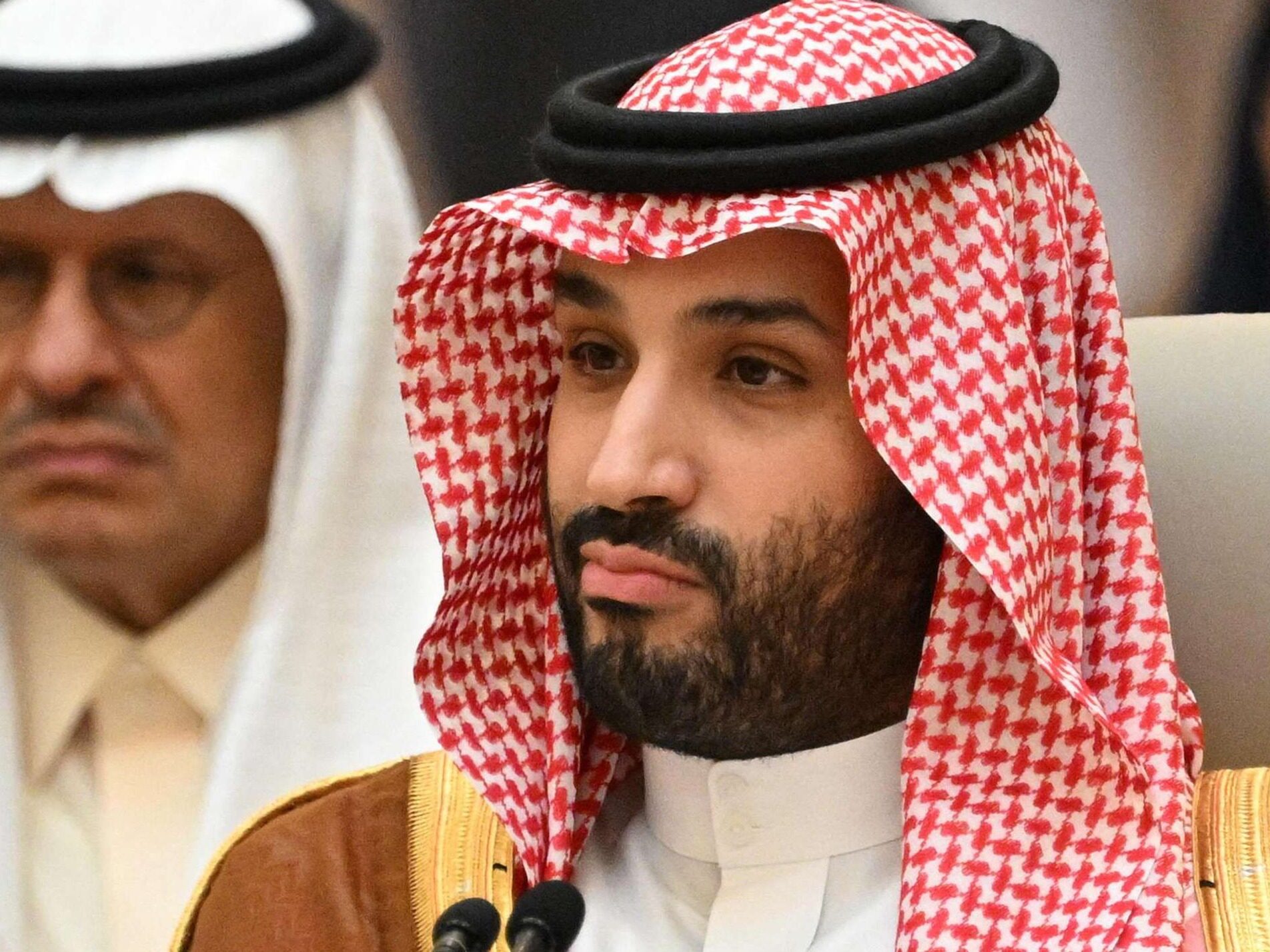- The Middle East market is undergoing profound changes, and emerging tracks such as digital economy and new energy

At a time when the global economic pattern is deeply adjusted, the Middle East market is undergoing an unprecedented transformation. What was once considered the "last blue ocean" is now a clear "half-blue, half-red" area, with great opportunities and fierce competition.
There is a clear trend of red sea in traditional fields
In traditional fields such as energy and infrastructure, the Middle East market has entered a stage of high competition. Taking Saudi Arabia's Vision 2030 as an example, companies from 42 countries will participate in bidding in 2023 alone, and the rate of Chinese companies bidding for infrastructure projects will drop from 68% in 2018 to 52% in 2023. According to the International Association of Contractors, the profit margin of engineering contracting in the Middle East has shrunk from 15% a decade ago to 6-8% today.

There is still a structural blue ocean in the emerging track
The digital economy has shown great potential. According to a McKinsey report, the e-commerce market in the Middle East will reach $50 billion by 2025, with an annual growth rate of more than 25%. China's cross-border e-commerce platforms such as SHEIN and TikTok Shop have accounted for 35% of the market share in the Gulf countries. The UAE plans to invest US$160 billion in clean energy by 2050, providing new opportunities for Chinese photovoltaic and energy storage companies.

Differentiation opportunities in market segmentation
In the field of high-end manufacturing, the increase in the localization rate of Middle East countries has brought new challenges. Saudi Arabia's "industrial localization" policy requires the localization rate of key industries to reach 40% by 2025, which forces Chinese companies to change their export models. The intelligent factory established by Sany Heavy Industry in the UAE has successfully shortened the delivery cycle by 60%, becoming a model of "manufacturing + service" transformation.

A strategic window under the reconstruction of the geopolitical pattern
The relative decline of U.S. influence in the Middle East has created a period of strategic opportunity for Chinese companies. In 2023, the trade volume between China and the Arab world will exceed 500 billion US dollars, and China has replaced the EU as the largest trading partner in the Middle East. In cutting-edge fields such as fintech and artificial intelligence, Middle Eastern sovereign wealth funds are actively seeking in-depth cooperation with Chinese enterprises.

The current Middle East market has entered the stage of "multi-dimensional competition", and the simple binary division of "blue ocean" and "red ocean" is no longer applicable. For enterprises, the key is to accurately grasp the structural opportunities and achieve differentiated competition through technological innovation and business model upgrading. In the next five years, whether a company can establish a first-mover advantage in emerging fields such as intelligent manufacturing, green energy, and digital economy will determine the success or failure of a company in the Middle East market. This old and emerging market is waiting for true strategists to write a new business legend.(This article is from the official website of Seetao www.seetao.com. Reprinting without permission is strictly prohibited. Please indicate Seetao.com + original link when reprinting) Seetao.com Strategy Column Editor/Sun Fengjuan
Comment
 Praise
Praise
 Collect
Collect
 Comment
Comment
 Search
Search














Write something~